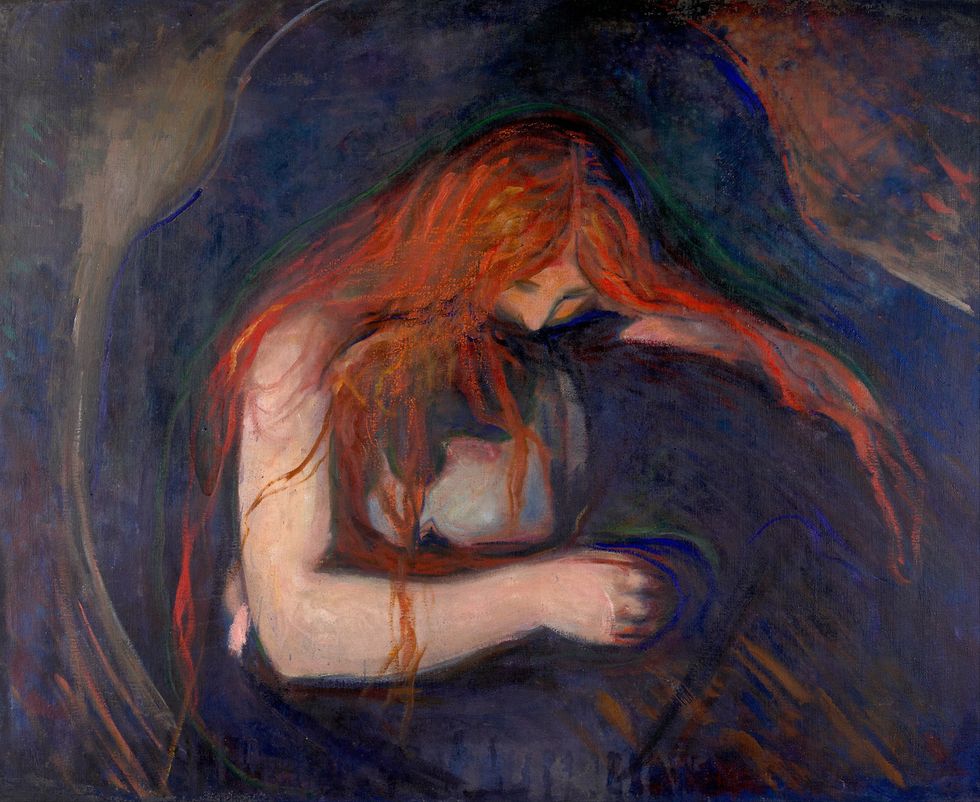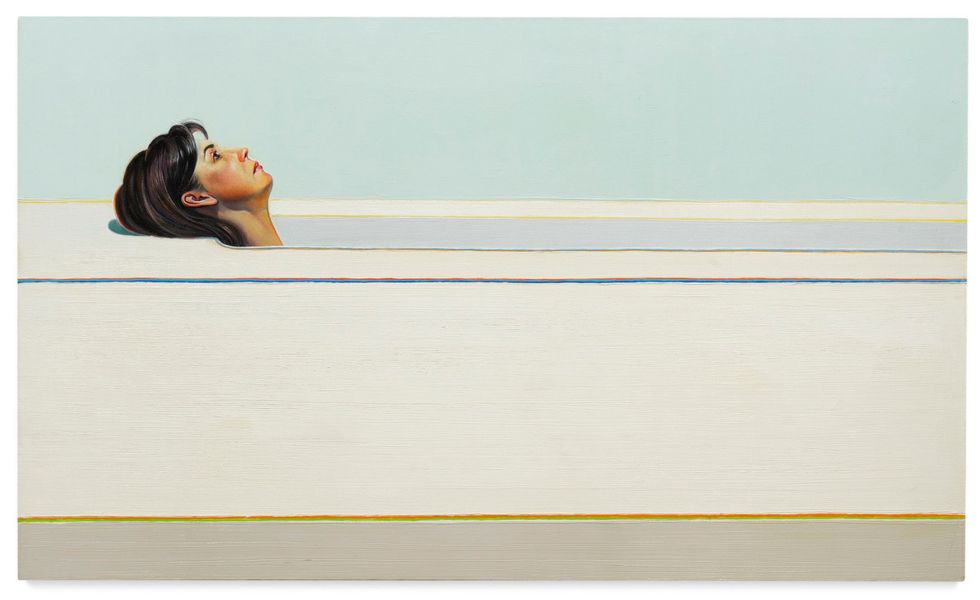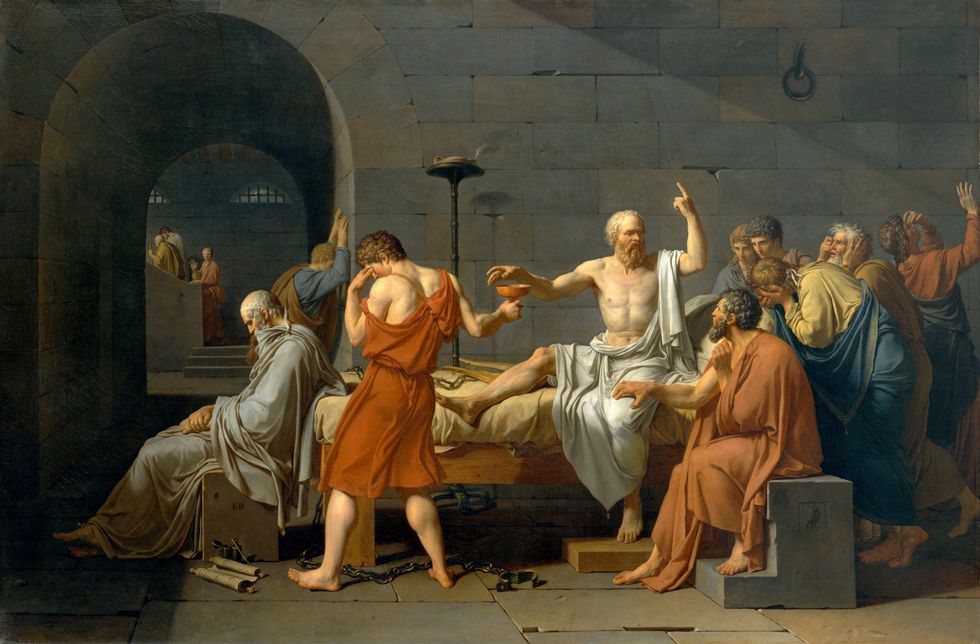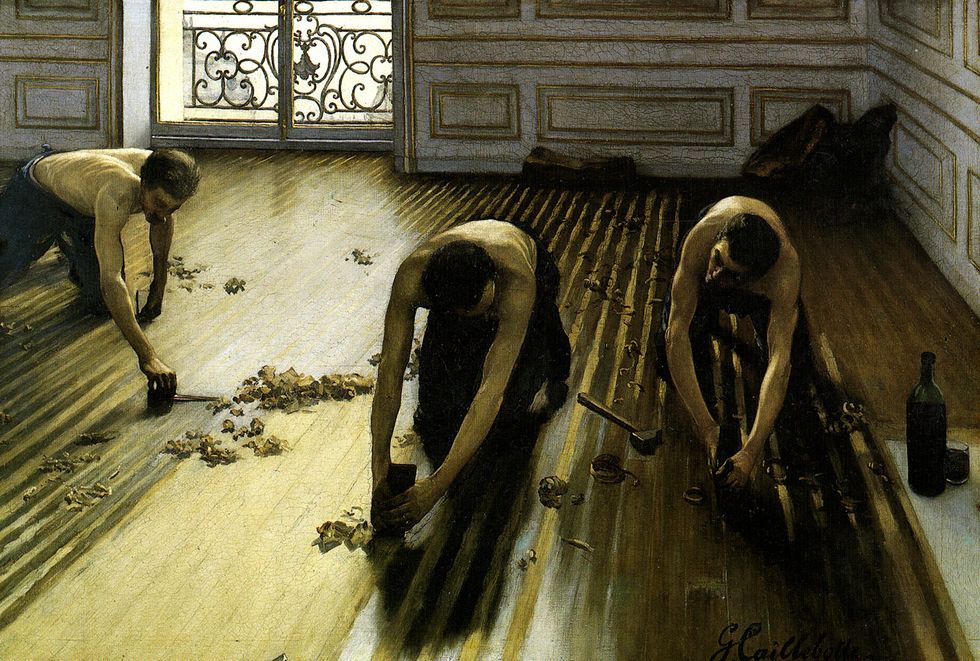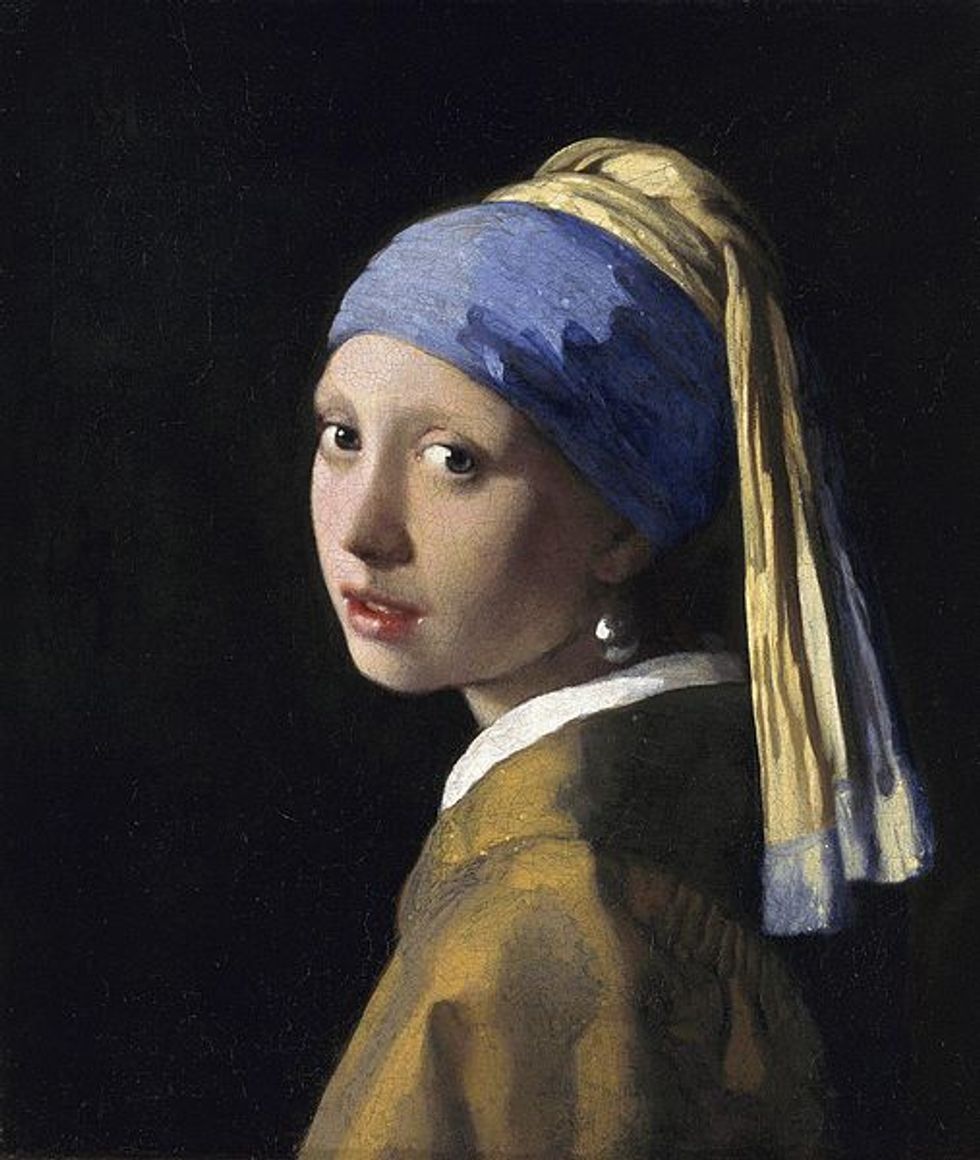There seems to be this contemporary current that posits all art as subjective, that a piece’s quality is in the eye of the beholder, and that all art is good art. Not only is this wrong, but deeply anti-intellectual, and even insulting. Not only is our critic who says that all art is equal disregarding the field of aesthetics, work done by art historians, and accomplished artists and craftspeople, but they are also slighting the most excellent pieces of art humankind has ever created. Let’s take a closer look at some bad, mediocre, great, and sublime works of art.

All three of these pieces lack things like depth, understanding of light and shadows, nuanced brushwork, and provocative themes. There are simply objective offenses so egregious, it must be labeled as 'bad art'.
Some Mediocre Paintings:
The brushwork and color have more subtlety and skill than the first group, and yet, these pieces only manage to be mediocre. They lack depth, clarity, and power.There is nothing particularly engaging about the pieces' themes, nor do they send a clear message to the viewer.
Some Great Paintings:
Edvard Munch, Love and Pain (Vampire), 1895.
Oil on canvas, 91 x 109 cm
Wayne Thiebaud, Woman in Tub, 1920.
Oil on canvas, 90.8 x 152.4 cm
Edward Hopper, Vermont Sugar House, 1938
These painters are accomplished and have earned their place in the canon of art. Thier works demonstrate this, offering an attention to detail, light, composition, and emotional expression. One could make an argument for sublimeness for each of them.
Some Sublime Paintings:
The Death of Socrates, Jaque-Louis David, 1787
Oil on Canvas, 129.5 cm × 196.2 cm
The Floor Scrapers, Gustave Caillebotte, 1875
Oil on Canvas, 6′ 4″ x 4′ 9″
Girl with the Pearl Earing, Johannes Vermeer, circa 1665
Oil on Canvas, 46.5 x 40 cm
These paintings justify themselves more and more as they age. There is a mastery of light and shadow, a supreme control of brushwork, and complex theming and composition. They raise questions and offer answers as they move one to the core.
Obviously, these categories aren't perfect. And, there is some art that comes down to a matter of preference. Measures of better and worse arent always particularly helpful, especially when studying the higher echelons of art. Whether you think Monet or Manet is a better artist is something for you decide for yourself, and something for art historians to debate. My own biases have been clearly displayed in this list of course. But to project this subjectivity on all of art is simply ignorant. So please, don't ever try to tell me that the beauty of the Rubix Cube painting comes remotely close to that of a Vermeer.







